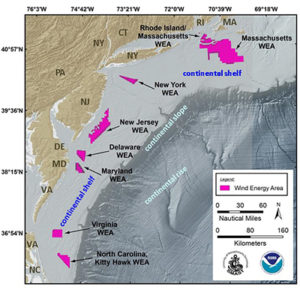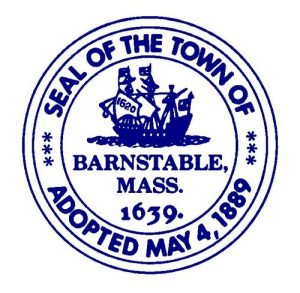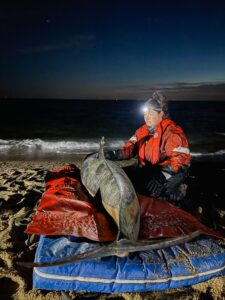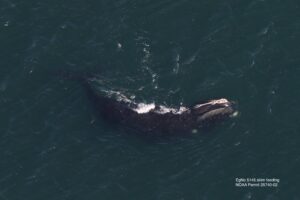
Map showing locations of the eight studied wind energy areas between Massachusetts and North Carolina. Photo credit: NOAA Fisheries, University of Massachusetts Dartmouth
HYANNIS – NOAA Fisheries researchers are helping to inform federal managers and developers on the impacts that construction and operation of offshore wind facilities will have on ocean bottom habitats and fisheries.
The Northeast Fisheries Science Center conducted four years of research to build a database of information, including water temperatures, topography, sediments, currents and marine life in the eight Wind Energy Areas authorized by the Bureau of Ocean Energy Management along the East Coast.
The designated WEAs encompass just over 4,000 square nautical miles of seafloor from Massachusetts to North Carolina. About 40 percent of the area has actually been leased to date, including the Vineyard Wind project development south of Martha’s Vineyard.
The 800 megawatt offshore wind facility will generate enough electricity to power 400,00 homes. The company is on track to begin in state construction of the first large scale wind farm in the U.S. beginning in 2019.
“The whole idea is to bring science and a better understanding of what is happening out on the ocean so that information can be brought to bear in some of the decisions that are being made in developing some of these areas for offshore wind energy,” said Andrew Lipsky, a Research Planning Officer for NOAA Fisheries.
Lipsky said information provided through the research is really at a cursory level which is helpful from a planning standpoint.
“It helps as developers and BOEM consider what the important things are that need to be considered for future monitoring and research,” Lipsky said.
Lipsy said the United States is moving forward with wind energy development rapidly.
“Understanding the interactions between the environment, which includes humans, and this new emerging use of the ocean is really paramount for us if we want to have a sustainable development process in place,” he said.
Researchers know that ocean noise and sound is a big factor in how marine life function. Sound and noise is an impact from offshore wind, especially during construction with the pile driving of footings for the large turbines.
Other types of changes are expected from changing the habitat with structures.
“It can do good things, possibly, like attract fish and aggregate fish and the different types of organisms that attach themselves to the surface of these areas,” Lipsky said.
The structures could also have negative or neutral impacts depending on how it changes species migrations or how different species interact.
The changes could cause issues for commercial fishing.
The Massachusetts wind energy area, which covers about 743,000 acres south of the Cape and Vineyard is home to 40 managed fishery species.
Possible habitat disturbance from wind development include concern for black sea bass, Atlantic cod, sea scallops and ocean quahogs.
For more information and a link to the entire report, click here.
























